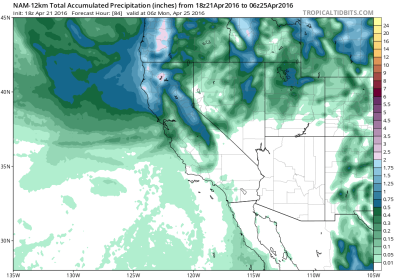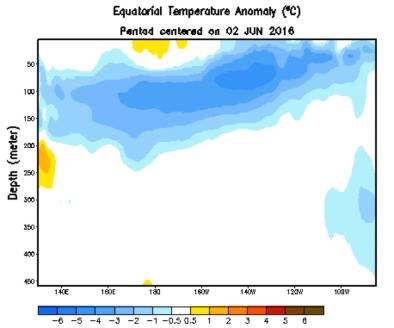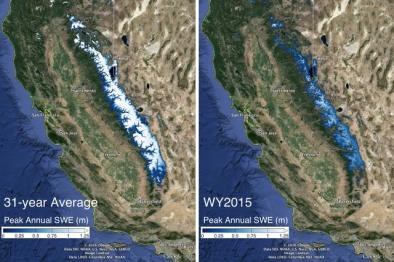Science Source
Highly Variable El Niño–Southern Oscillation Throughout the Holocene
- States that the sensitivity of the El Niño–Southern Oscillation (ENSO) to continued anthropogenic greenhouse forcing is uncertain
- Analyzes fossil coral reconstructions of ENSO spanning the past 7000 years from the Northern Line Islands, located in the center of action for ENSO
- Shows that corals document highly variable ENSO activity, with no evidence for a systematic trend in ENSO variance, which is contrary to some models that exhibit a response to insolation forcing over this same period
- Finds that twentieth-century ENSO variance is significantly higher than average fossil coral ENSO variance but is not unprecedented
- Results suggest that forced changes in ENSO, whether natural or anthropogenic, may be difficult to detect against a background of large internal variability
Related Content
Headline

Sep 23, 2016 | Los Angeles Times
Why did El Niño miss SoCal? It's complicated, National Weather Service says
Headline

Aug 10, 2016 | California Weather Blog
California drought update; April showers in NorCal; and La Niña Looms
Headline

Aug 10, 2016 | Weather Underground
El Niño is Officially Over—and La Niña is Likely On the Way
Headline

Aug 10, 2016 | Phys.org
Sierra Nevada snowpack not likely to recover from drought until 2019


